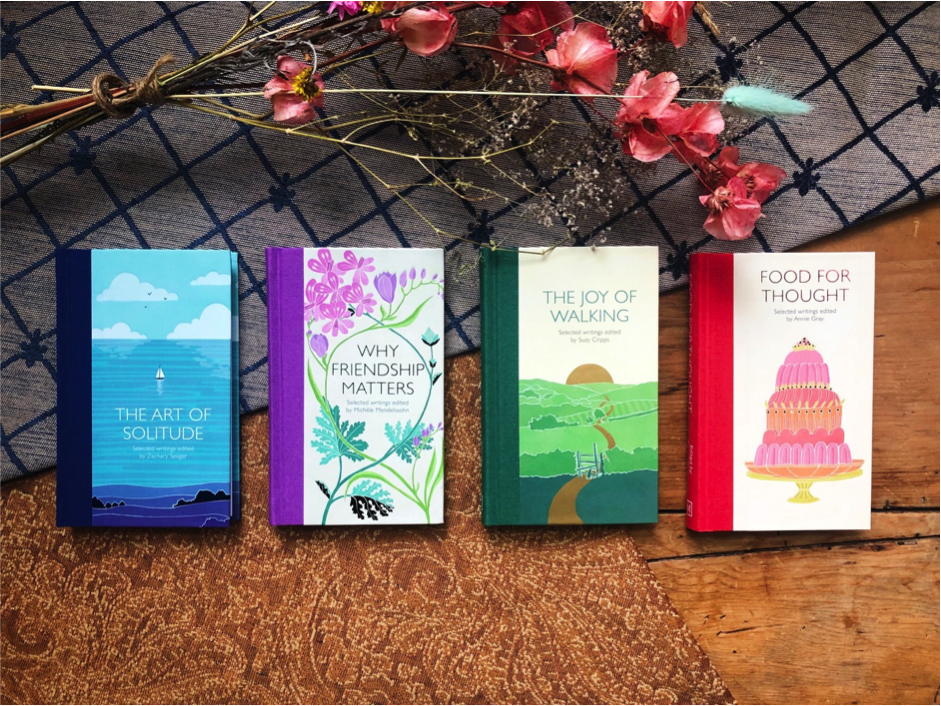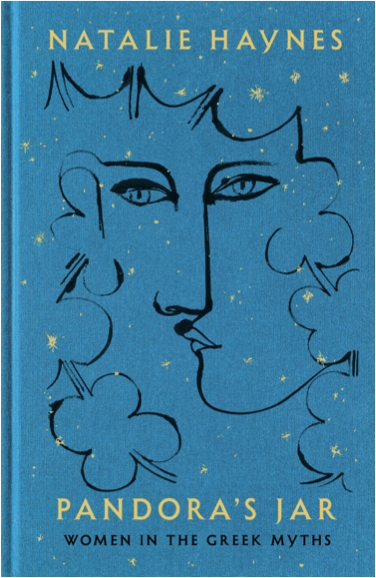Like my colleagues, I chose a career in publishing because I believe in the importance of reading. Our job is to find stories and share them as widely as possible, which involves a complex labyrinth of systems and processes, all for the reader’s enjoyment and education.
I work in the editorial department of two imprints at Pan Macmillan. One of these is Macmillan Collector’s Library – a series of pocket-sized, hardback classics. A big question that’s always on a classics publisher’s mind is how can we make our list more diverse? In a country where white authors had the highest platform for centuries, our traditional canon is somewhat one-dimensional. I’ve found great joy in researching classics that I was never taught at school or don’t see as often on the shelves, and it’s these stories that I really want to make available to readers.
Book publishing provides opportunities to tackle diversity and accessibility
While doing some research a few years back, I stumbled upon Passing by Nella Larsen, a classic I’d never heard of before but is now a firm favourite. It follows two women – the protagonist, Clare Kendry, is a proud member of her Harlem community, and her old school friend, Irene Redford, has been ‘passing’ as white to her racist husband in the upper circles of New York society. Their two worlds collide, making for a tense, pacey novel and opening up questions around racial identity, female friendship and belonging.

Nella Larsen taught me a lot about Black experience in the 1920s, colourism, and what it was like to be a woman in the Harlem Renaissance. While Dickens and Austen have their place in our canon, I believe it’s books like Passing that do the hard work of getting people engaged in reading the classics.
Another question publishers ask ourselves is how to make more complex material more accessible, and one way we’ve been doing this is by curating anthologies. A couple of years ago, we picked four pertinent themes to build books around – solitude, walking, food and friendship. Each one is packed with a huge range of material, from poetry and non-fiction to soliloquies and recipes.
Splicing up different texts and grouping them in ways they’ve never been presented before was exciting. It allowed us to include older material that modern readers wouldn’t usually choose. Why Friendship Matters, for example, has an extract from Michel de Montaigne’s ‘Of Friendship’ sandwiched between extracts from Zami: A New Spelling of my Name, the fiercely powerful story of Audre Lorde’s life, and Lucy Maud Montgomery’s famous children’s story, Anne of Green Gables.
We know that many readers don’t have the time (or the patience) to sift through a whole book of Michel de Montaigne’s philosophies but, by linking his words to a relatable theme, readers can discover and learn from him.

Book publishing conveys a story in ways that digital content cannot
The other imprint I’m involved with is Picador, where I work specifically on non-fiction. This area of publishing has been steadily growing over the last few years, and I think that is due to people looking for answers about our world. The internet can be an unwieldy place of misinformation and fractured opinions, and I’m sure I’m not alone in saying I can never properly absorb what I read on screen. But when I read something in a book, having been immersed in the story the author is telling, my brain can truly understand what it’s learning.
Last year we published Natalie Hayne’s Pandora’s Jar, a book that refocuses our gaze on the remarkable women at the centre of Greek mythology. Using a myriad of cultural references, from Buffy the Vampire Slayer to Beyoncé, Natalie calls attention to our misogynistic misunderstanding of Greek myths and reveals how women were portrayed a lot more favourably in the original texts.

I am no classicist, and my knowledge of Greek myths is patchy at best, but the way Pandora’s Jar breaks down this subject helped me understand it in a way I never had before. I know that people absorb information differently, but I think there’s something to be said about learning through story.
There’s an interesting relationship between academic and trade publishing, with textbooks belonging to the former and the kind of narrative non-fiction I’ve been talking about to the latter. In my view, both are equally educational, but it’s all about how accessible the material is for its audience.
As a child, I looked at my textbooks as though they were the bible, never questioning or challenging them, but accepting what they laid out as hard truth. I never looked at trade books in that way; in fact, I never considered that I would be learning from them, but I think that’s the hidden magic of storytelling. The non-fiction realm of children’s publishing has grown significantly since I was a child, and there are even more books, from a broader range of voices, on the market from which younger people can choose.
One of these books is Black and British by David Olusoga – a vital re-examination of the long relationship between the British Isles and the people of Africa and the Caribbean.


You may have seen the accompanying BBC series presented by David, who has become a national voice on racial issues. You may also have seen the young adult edition produced by my brilliant colleagues at Macmillan Children’s Books – a shorter, essential version accompanied by maps, photos and portraits. It’s a perfect example of adapting material for an audience’s needs, and the end product is genius – I’ve also seen many adults pick this version up for a quicker grasp of the subject. Here we have a three-pronged approach for people of different ages and abilities to access a vital story, making it a reliable resource for anyone to use.
Hopefully, these examples have demonstrated a few ways in which enjoyment and education can overlap in reading. The books I’ve mentioned are some of my favourites from the last few years and I’ve learnt a lot from them. For me, reading is both a pleasurable escape and a chance to learn from other people’s perspectives, and I love publishing books that give other readers that same experience.
The education and enjoyment we all get from books is something that everyone should have access to, and that’s why I’m immensely grateful for the Books2All mission to reduce educational inequality by getting books to the schools that need them most. And I support their vision of a world where every child finds the books that help them reach their true potential.
Thank you for visiting our blog. Our vision here at Books2All is a world where every child finds the books that help them reach their true potential. If you have spare books in good condition at home that you think might be appropriate for school children, please sign up for our app’s pre-release waiting list. If you represent a school, please register to receive books for your students.
Banner image courtesy of creativecommonsstockphotos – Dreamstime.com

